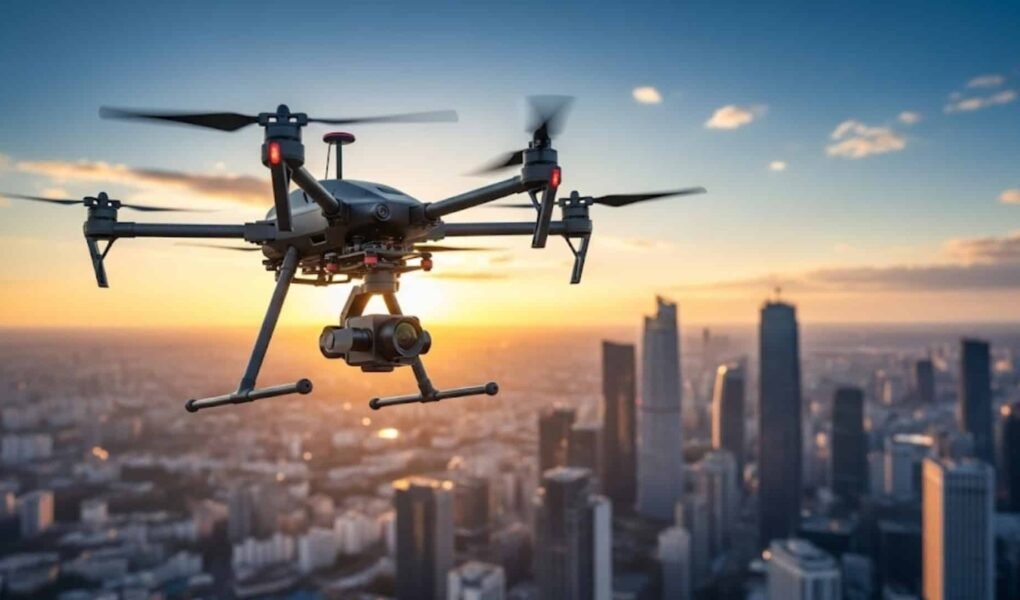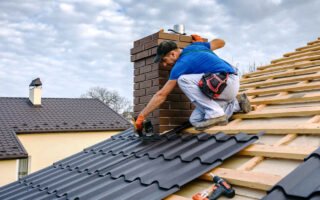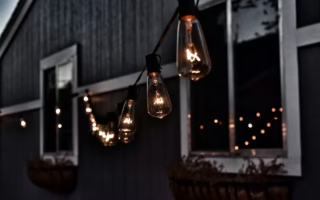Outdoor living has always been about beauty, balance, and nature. But now, technology is taking those age-old ideas to new heights. From 3D design software that lets you preview a backyard before planting a single tree, to drones that map every inch of a property, and smart sensors that manage watering automatically—modern landscaping looks more like science than guesswork.
These tools are not just changing how landscapes look—they’re redefining how they’re built, maintained, and experienced. Homeowners, architects, and landscape designers are embracing smart landscaping to save water, reduce waste, and create outdoor spaces that are both stunning and sustainable.
Let’s see how this tech revolution is transforming outdoor living from the ground up.
The Design Revolution Starts With 3D Visualization
Problem – Guessing What the Final Landscape Will Look Like
For decades, landscape design meant relying on 2D drawings and imagination. Homeowners would approve sketches without really knowing how the final layout would look once installed. The result? Costly redesigns, mismatched materials, and disappointment when reality didn’t match the vision.
Traditional design methods lacked precision in scale, lighting, and spatial flow. It was hard to visualize how the patio aligned with the garden or how the sun would fall across the yard.
Solution – 3D Modeling and Real-Time Design Adjustments
Now, 3D design tools like AutoCAD Landscape, SketchUp, and Lumion allow designers to create lifelike digital renderings of outdoor spaces. Clients can “walk through” virtual gardens, preview textures, and see how plants will grow over time.
These 3D landscape design systems save time, reduce installation errors, and make collaboration easier. Designers can instantly adjust layouts, test color palettes, and even simulate lighting at different times of day. What once took weeks to plan now happens in hours—with near-perfect accuracy.
Drones Take Landscaping to New Heights
Problem – Manual Site Mapping and Uneven Measurements
Large landscaping projects often start with weeks of ground surveys, tape measures, and terrain estimates. Manual mapping leaves room for human error, especially in uneven or sloped areas. This can lead to grading mistakes, drainage issues, and wasted materials.
Solution – Drone Mapping and Aerial Precision
Drones, equipped with GPS technology and high-resolution cameras, have changed how landscapers gather data. A drone can scan an entire property in minutes, capturing topographic data, elevation models, and detailed site imagery.
The data feeds directly into Geographic Information Systems (GIS) and Computer-Aided Design (CAD) platforms, helping architects plan drainage, walkways, and irrigation more precisely.
By combining drone mapping with 3D modeling, designers can visualize projects with real terrain data—eliminating the “guess and hope” approach. This integration has made large-scale landscaping faster, cheaper, and far more accurate than ever before.
Smart Sensors Bring Science to the Soil
Problem – Overwatering and Resource Waste
Traditional irrigation systems often work on fixed timers. They water whether it’s sunny, rainy, or humid. That wastes gallons of water daily and drives up utility bills. Worse, it can drown plants, deplete nutrients, and damage roots.
Manual observation of soil conditions isn’t practical either—especially for large landscapes or commercial properties.
Solution – AI-Driven Irrigation and Soil Monitoring Systems
Today’s smart irrigation systems use IoT (Internet of Things) sensors that measure soil moisture, temperature, and humidity in real time. These sensors communicate with AI algorithms to adjust watering schedules based on actual environmental conditions.
Technologies like Rain Bird Smart Controllers and Hydrawise systems even integrate with weather forecasts. If it rains tomorrow, the system automatically skips watering.
This shift to data-driven landscaping saves water, keeps plants healthier, and supports sustainability. The results are greener lawns, happier plants, and lower utility costs—all without lifting a finger.
Sustainability Meets Smart Tech
Problem – Energy Use and Environmental Impact
Landscaping has traditionally been resource-heavy—requiring electricity for lighting, large water volumes for irrigation, and chemicals for pest control. As environmental concerns rise, homeowners and developers are seeking greener ways to design outdoor spaces.
Solution – Renewable Power and Eco-Friendly Systems
With solar lighting, rainwater harvesting systems, and smart energy management, technology is making sustainability effortless.
- Solar garden lights store energy during the day and illuminate pathways at night—no wiring required.
- Automated rainwater collection systems channel water into underground tanks for later irrigation use.
- AI-based pest detection tools reduce chemical use by targeting specific problem zones instead of spraying entire areas.
Together, these technologies reduce environmental footprints while maintaining the beauty and function of outdoor living spaces.
Real-Time Monitoring and Predictive Maintenance
Problem – Unnoticed Issues That Lead to Costly Repairs
Traditional maintenance depends on human observation. By the time a sprinkler breaks or a patch of grass turns brown, the damage is already done. Small issues—like soil nutrient loss or clogged irrigation—can escalate quickly.
Solution – Predictive Analytics and Remote Monitoring
Smart sensors and cloud-based dashboards now let landscapers track soil health, plant conditions, and irrigation system performance remotely. Predictive analytics use historical data to forecast when components will need servicing—before a problem occurs.
For instance, if a moisture sensor detects that certain areas are drying faster than others, the system adjusts irrigation flow automatically or alerts the property manager.
This proactive approach not only cuts costs but also extends the life of outdoor installations, ensuring landscapes look fresh year-round.
The Human Touch in a Tech-Driven Landscape
Problem – Fear That Automation Will Replace Artistry
Some worry that technology will take the creativity out of landscape design. But in truth, it’s the opposite. While machines handle precision and maintenance, humans still bring artistry and vision.
Solution – Collaboration Between Designers and Technology
Technology doesn’t replace creativity—it amplifies it. By freeing designers from manual tasks, it lets them focus on aesthetics, storytelling, and experience.
A designer can use drone data for perfect site grading, 3D visualization to refine composition, and sensor insights to choose sustainable plant species. The result is outdoor living that’s not only beautiful but intelligently built for the environment and the people who enjoy it.
Conclusion: The Future of Outdoor Living Is Smart and Sustainable
The next era of landscaping is already here—and it’s powered by 3D design, drones, and smart sensors. These innovations are merging art with science, turning backyards and public spaces into intelligent ecosystems that respond to nature in real time.
What used to take months of planning can now be visualized, mapped, and maintained in days. Technology ensures that every drop of water, every inch of soil, and every ray of sunlight is used efficiently.
Outdoor living isn’t just about beauty anymore—it’s about balance, sustainability, and smart design. Whether you’re planning a private garden or a city park, technology is the new soil from which the future of landscaping grows.
Do Read: What Hidden Costs Are You Paying Without Managed IT? The Truth Behind DIY IT Management




